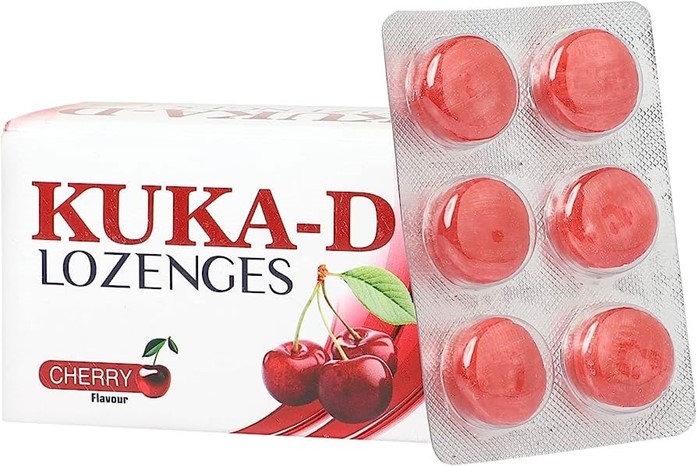Which of the following medications should be administered whole (e.g., not divided or crushed for administration)?
A capsule
A scored tablet
An unscored tablet
A lozenge
The Correct Answer is D
A lozenge is a type of medication that is designed to dissolve slowly in the mouth, usually to treat sore throat, cough, or oral infections. It should not be divided or crushed for administration because it may alter its effectiveness, taste, or absorption. It should also not be swallowed whole because it may cause choking or irritation.
A capsule is a type of medication that consists of a gelatin shell enclosing a powder or liquid. It can be opened and sprinkled on soft food or mixed with water for administration unless it is an extended-release or enteric-coated capsule.
A scored tablet is a type of medication that has a groove or indentation on its surface to facilitate breaking into equal halves or quarters. It can be divided along the score line for administration unless it is an extended-release or enteric-coated tablet.
An unscored tablet is a type of medication that does not have a groove or indentation on its surface. It can be crushed or cut into smaller pieces for administration unless it is an extended-release or enteric-coated tablet.

Nursing Test Bank
Naxlex Comprehensive Predictor Exams
Related Questions
Correct Answer is A
Explanation
To calculate the dose in milligrams per hour, we need to convert the patient's weight from pounds to kilograms.
Patient's weight: 110 lb
To convert pounds to kilograms, we use the conversion factor: 1 lb = 0.4536 kg
Patient's weight in kilograms: 110 lb * 0.4536 kg/lb = 49.895 kg (rounded to 3 decimal places
The physician has ordered Dobutamine at a dose of 10 mcg/kg/min.
Dose required = 10 mcg/kg/min * 49.895 kg = 498.95 mcg/min
Next, we need to convert the dose from micrograms to milligrams.
498.95 mcg/min = 0.49895 mg/min
Finally, to determine the dose in milligrams per hour, we multiply the dose in milligrams per minute by 60 minutes to convert it to an hourly rate.
0.49895 mg/min * 60 min/hr = 29.937 mg/hr (rounded to 3 decimal places)
Therefore, the correct answer is:
a. 30 mg/hr
Correct Answer is D
Explanation
The nurse should administer 0.5 mL to the patient.
This answer is correct because it is based on a simple ratio and proportion calculation. The nurse can set up a proportion as follows:
2 mg / 1 mL = 1 mg / x mL
Cross-multiplying and solving for x gives:
x = 0.5 mL
Therefore, the nurse should administer 0.5 mL of Stadol injection to deliver 1 mg of the medication to the patient.

Whether you are a student looking to ace your exams or a practicing nurse seeking to enhance your expertise , our nursing education contents will empower you with the confidence and competence to make a difference in the lives of patients and become a respected leader in the healthcare field.
Visit Naxlex, invest in your future and unlock endless possibilities with our unparalleled nursing education contents today
Report Wrong Answer on the Current Question
Do you disagree with the answer? If yes, what is your expected answer? Explain.
Kindly be descriptive with the issue you are facing.
